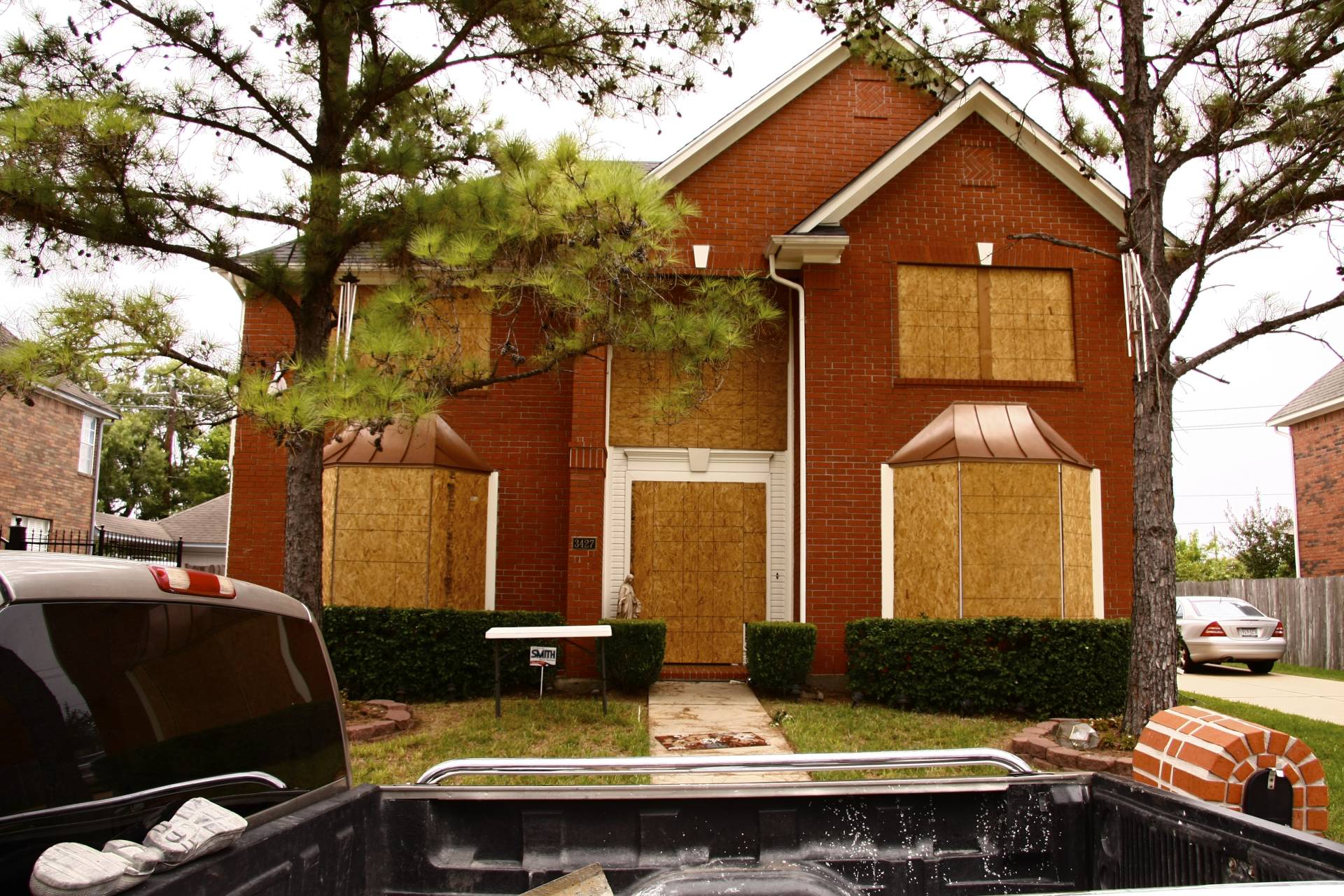Blighted Properties Are A Huge Problem
Many investors misinterpret blighted properties to simply mean vacant properties and this is not the case.

By the broadest definition, blighted property is an uninhabitable property: It is considered to be dilapidated and unsafe.
There are very good opportunities in vacant property and notes on vacant property.
Knowledge, experience, and due diligence allow an investor to determine if a property is truly “blighted” or if it was simply lumped into that category. As always, those 3 attributes enable a note-pro to see deals where others do not.
For the note–pro, it comes down to cost and value. What is the overall cost and what will the overall value be. Local governments have started to take the same approach. Local governments are realizing it makes sense to cooperate with investors who are looking to solve the vacant property and blighted property problems.
By understanding the cost of blighted property to community, local governments realize it makes sense to create rules and laws to help the investors solve the vacant property and blighted property problems.
So what is the overall cost of a blighted property to the community?
Using national numbers, in just its first year, a single blighted property (uninhabitable, depilated and unsafe) causes losses of $150,000. Every year the costs increase at least another $25,000. Furthermore, a house fire is twice as likely in an abandoned property.
- $133,000 from reduced property value for its neighbors
- $14,000 in increased crime
- $1500 increased costs to fire and police departments
These statistics, compiled by the former US Treasury Department Deputy Assistant Secretary for Economic Policy, show a very troubling and costly problem for the neighbors, the community and the county taxing authority. Now that these costs are quantified, expect changes to code enforcement, property preservation, and government programs.
Ohio, for example, recently passed a law prohibiting the use of plywood to secure a vacant property as it was found those properties attracted crime, squatters, and vandalism. The industry there has turned to a polycarbonate clear-board to secure properties.
Following the lead of 5 other states, Mississippi amended their Hardest Hit Fund to include up to $15,000 for the removal, greening, and maintenance of a blighted property.
If you have listened to our online courses or attended a live training, you know we always emphasize the 3 big potential deal-killing problems note and real estate investors must identify:
- Property taxes
- Title
- Blighted property
Once identified, the cost to cure in both time and money must be calculated. So, if you are acquiring vacant property, check with the code enforcement to make sure you know about any new laws and check with the Hardest Hit Funds to see if you can receive government money to help.
